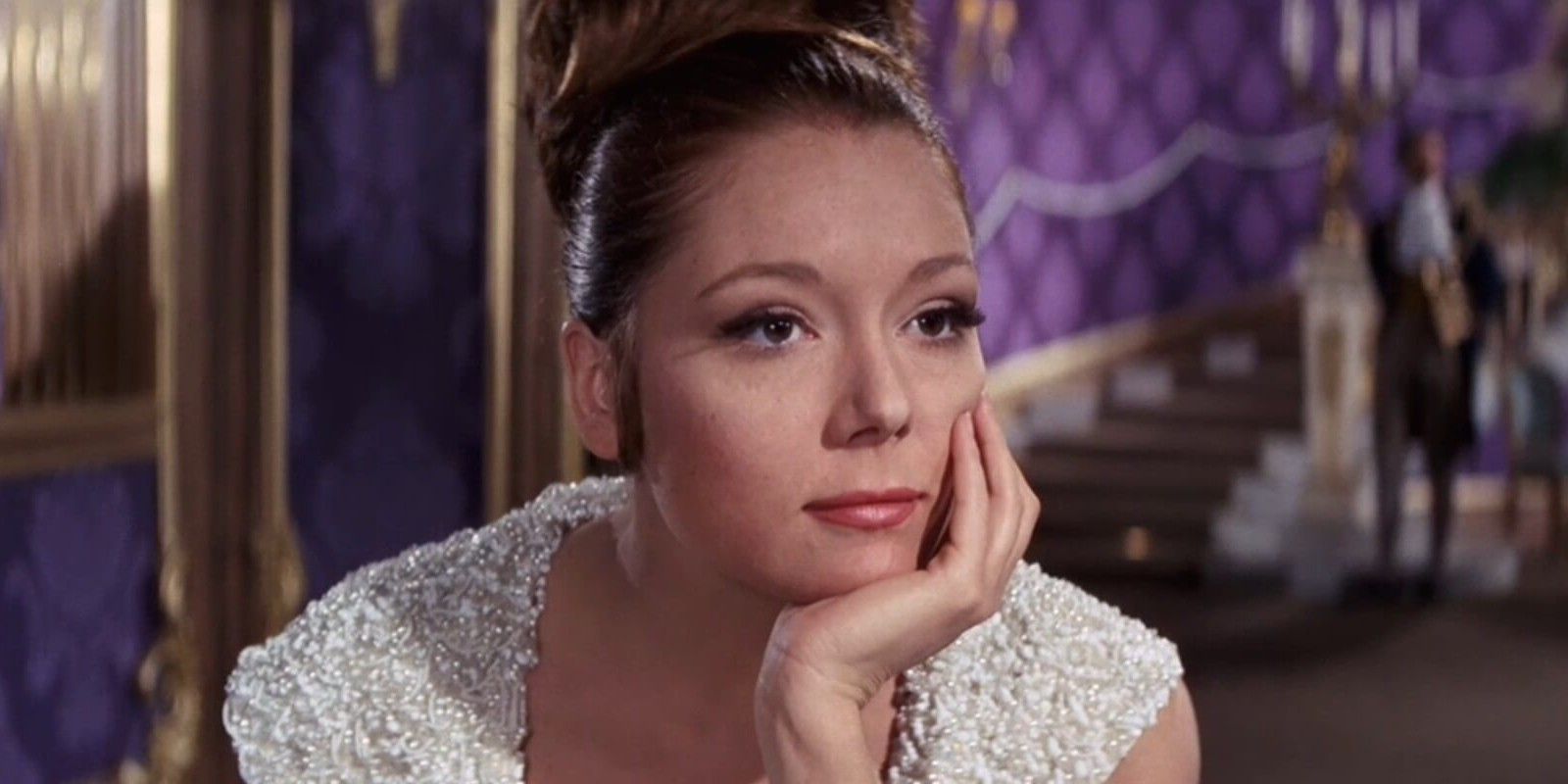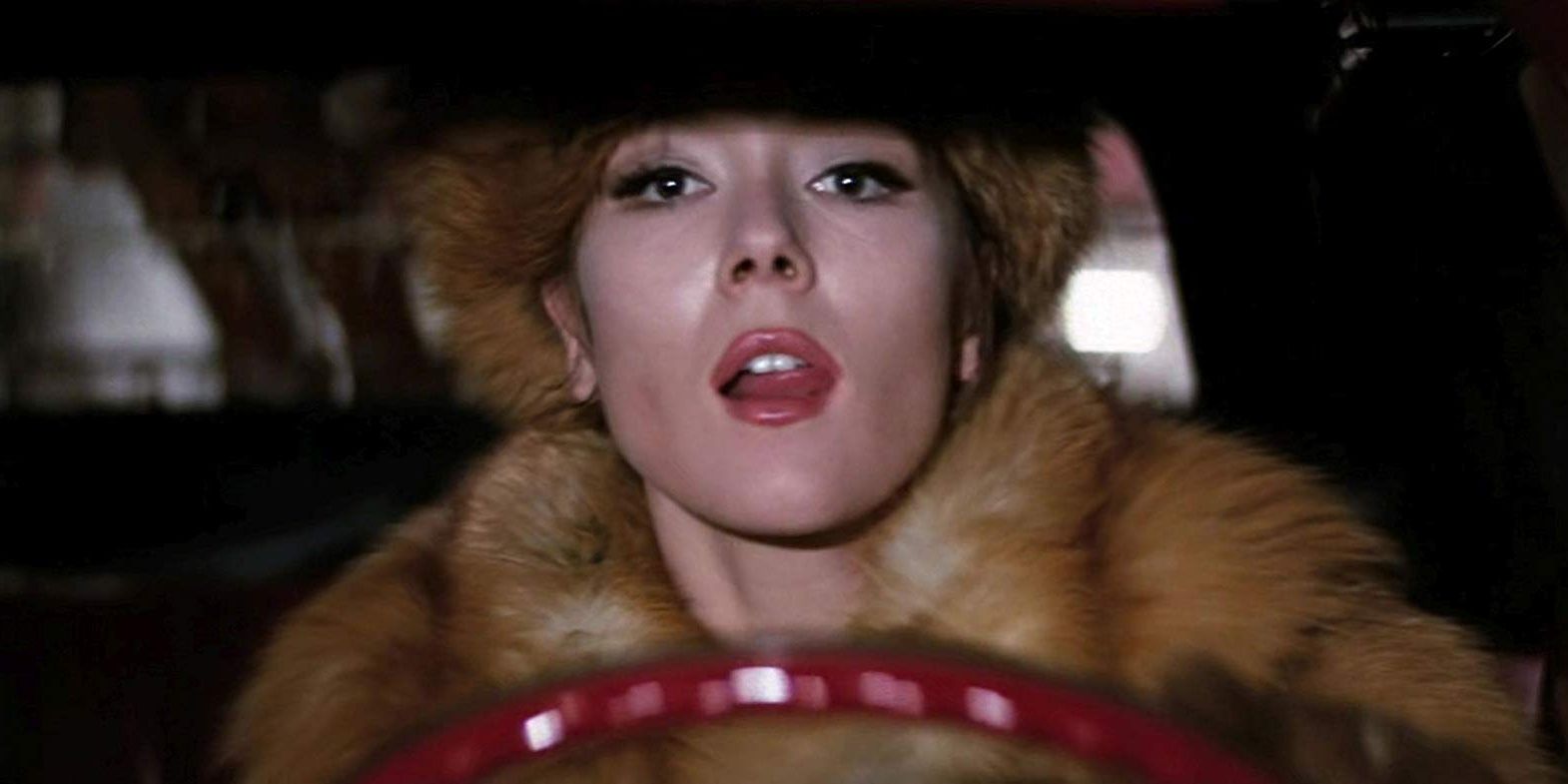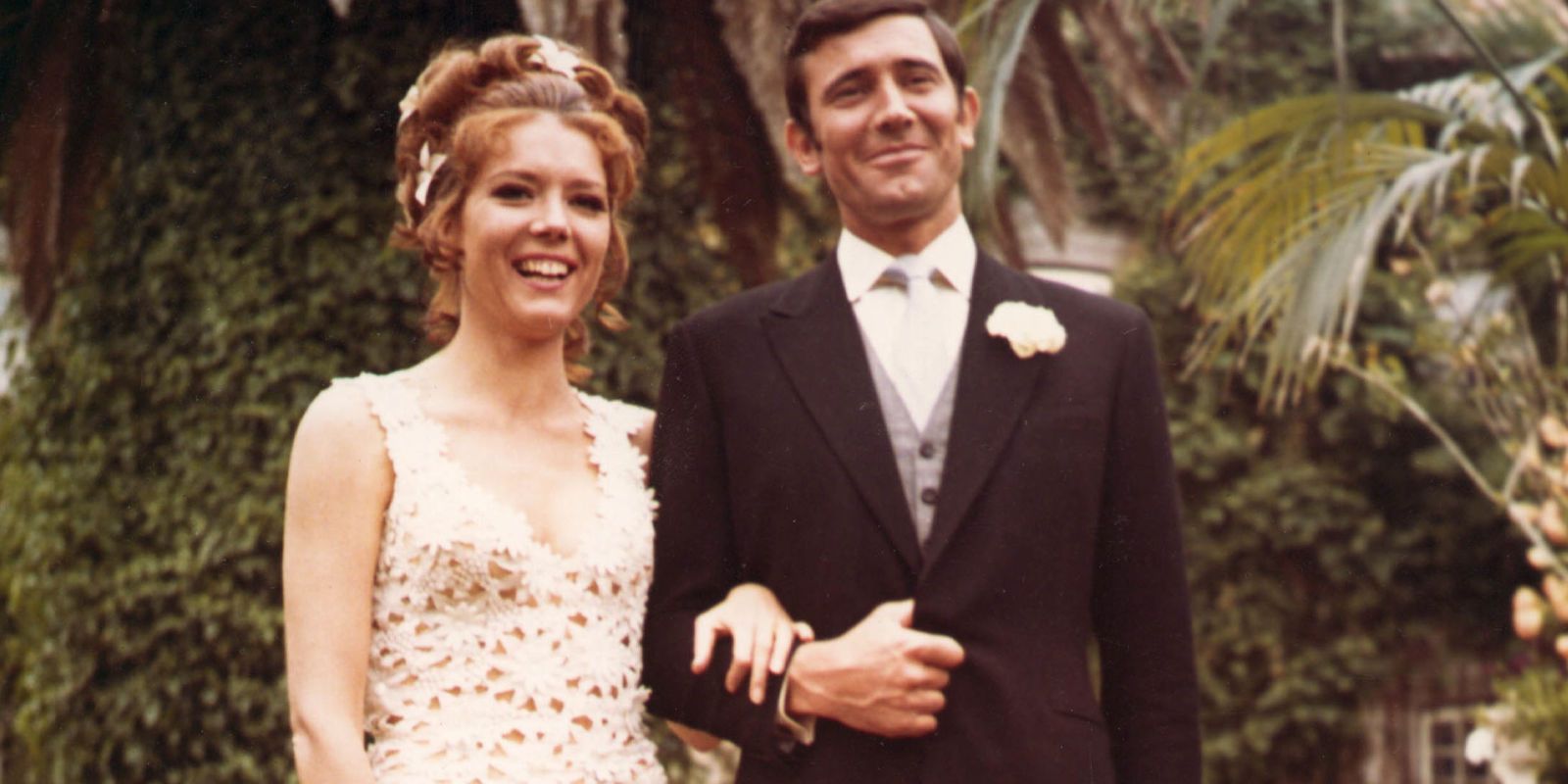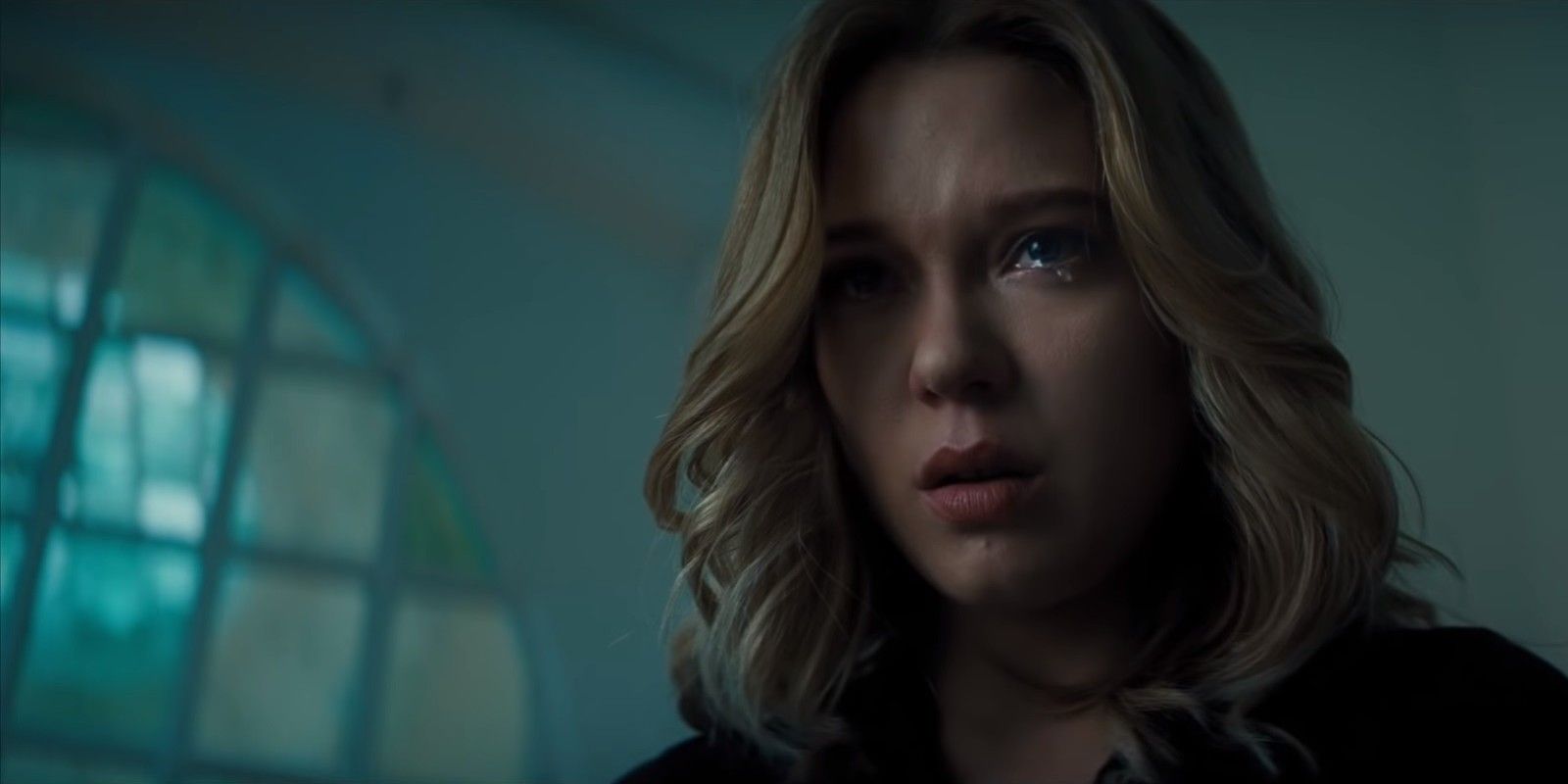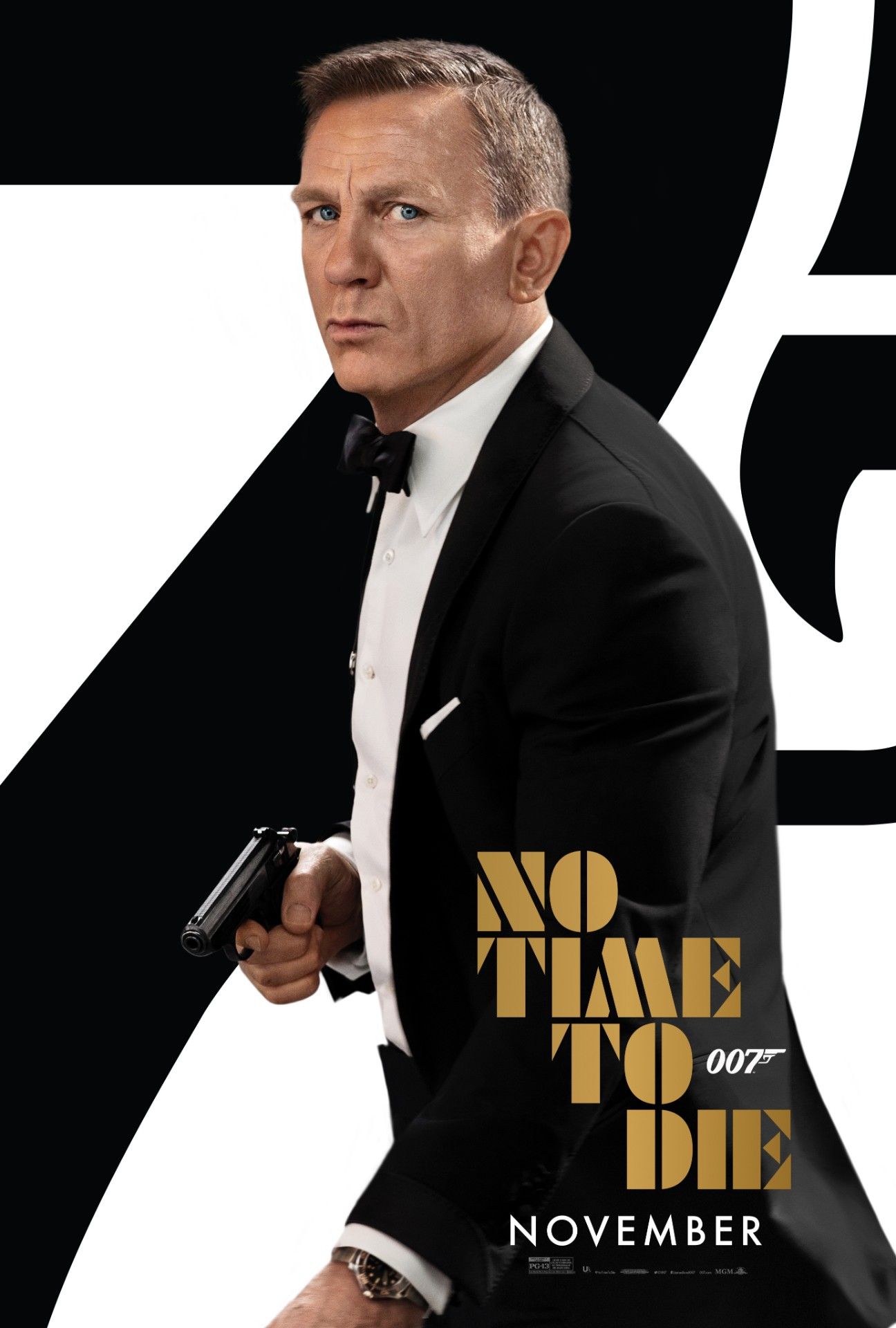Dame Diana Rigg's Tracy Bond left an enduring legacy on the James Bond franchise that can be keenly felt over five different eras of 007. Diana Rigg passed away on September 10th 2020, having entertained the world for the past 60 years in a string of illustrious film and television roles. Rigg made her name starring as Emma Peel in the 1960s British TV series The Avengers, playing a fashion-conscious spy whose martial arts skills were as deadly as her outfits. Mastering her craft on both stage and screen over the following decades, Rigg is perhaps best known to modern audiences as Lady Olenna Tyrell in Game of Thrones. The forthright and strategically-minded matriarch of House Tyrell emerged as one of the few characters in Westeros absolutely everybody could get behind, especially after her witheringly explicit assessment of King Joffrey.
Arguably Diana Rigg's most famous role on the big screen came in 1969's James Bond effort, On Her Majesty's Secret Service. Following the departure of Sean Connery as 007, George Lazenby was cast as a replacement, with Diana Rigg playing the film's female lead, Tracy di Vicenzo. Lazenby only lasted for a single James Bond adventure, and On Her Majesty's Secret Service was critically panned at the time of release, but with the benefit of hindsight, is now considered one of the best 007 stories ever put to film. Tellingly, reviews from both eras are complimentary towards Rigg's performance.
There have been plenty of influential Bond actresses over the course of 007's spy career, from Ursula Andress to Honor Blackman. However, Diana Rigg's Tracy isn't just responsible for pushing Bond into new territory, her influence would also resonate through various eras of James Bond movies.
How Diana Rigg's Tracy Transcended The "Bond Girl" Role
The early years of James Bond with Sean Connery behind the wheel gave rise to the archetypal "Bond Girl" trope - female characters who were largely sidelined as love interests to the leading man. A Bond Girl would fall for 007 and inevitably end up in bed with him, but have very little function outside of that narrow remit. Bond would go through lovers faster than the cars in Q's garage, and audiences were never invited to invest in these female characters or treat them seriously. The James Bond franchise has become less reliant on the Bond Girl trope in recent years, but the process has been a slow one.
The first female protagonist to properly defy the stereotype of a James Bond girl was Diana Rigg's Tracy. As the actress herself revealed in a 2011 BBC interview, Bond producers had taken a chance on George Lazenby - a male model with very little in the way of acting history. To counterbalance Lazenby's inexperience, they opted for a female co-star who was more established in her craft, meaning the Tracy character would be more central to On Her Majesty's Secret Service than any previous female character. Given extra freedom, more time on screen and a substantial role, Diana Rigg naturally made the most of the opportunity and turned Tracy Bond into a defining figure - 007's wife rather than just another notch on his already-crammed bedpost.
As Tracy, Rigg was able to show more nuance and depth than many of her Bond Girl predecessors. There's a strong sense of fun to the character, which helps cement the deeper relationship between herself and James, and Tracy skillfully leads an alpine car chase sequence, despite Bond's repeated attempts to kiss her as she drives. But there are moments of gravitas also. The pair's first meeting comes during Tracy's suicide attempt, and Bond was originally hired to masquerade as Tracy's lover, before falling for her genuinely. On Her Majesty's Secret Service is as much a love story as a spy story, and while this bold change might've fell flat in less capable hands, Rigg's charming and layered performance carries the new-look, more vulnerable Bond to success... although it might've taken a few years for audiences to realize.
It would be remiss to talk of Tracy Bond's progressive influence without also acknowledging that On Her Majesty's Secret Service contains some uncomfortable scenes have not aged well, but looking solely at Rigg's portrayal of the only woman to ever marry James Bond (so far, at least), the actress was ahead of her time.
Tracy Bond's Influence Is Felt In 5 Different Bond Eras
Not only is Diana Rigg's Tracy a vital component of On Her Majesty's Secret Service and a key reason the film is so well-loved today, her influence fundamentally altered the nature of James Bond. After George Lazenby was replaced by a returning Sean Connery, fans might've expected Tracy's death to be forgotten by James Bond canon, starting a fresh slate after the 1969 film proved a critical failure. Instead, Tracy's death created a long-lasting impact.
1971's Diamonds Are Forever saw Connery's Bond immediately embark on a revenge mission to hunt down Blofeld, the man responsible for Tracy's death. Tracy's name is never directly referenced in Diamonds Are Forever, but it's implied that her death drives Bond to action in this film. The audience can't help but bring Tracy's final moments to mind as Connery's Bond goes after his arch nemesis with a passion. She might not be mentioned personally, but the context of Tracy's death is at the heart of Diamonds Are Forever.
Roger Moore's James Bond is generally viewed as the lightest portrayal of 007, but even he couldn't escape the echoes of Tracy Bond. In The Spy Who Loved Me, Bond reacts strongly when a Russian agent mentions his short-lived marriage, proving that those emotional scars have yet to heal. Several films later, the opening action sequence of For Your Eyes Only begins with Bond visiting Tracy's grave before doing battle with "Blofeld" once again. Timothy Dalton plays a darker, more vengeful Bond in 1989's License To Kill, and the murder of his wife informs this side to the character, explaining Bond's motivations in a subtle but clear way. In a franchise that more or less resets every time a new actor is cast in the title role, Tracy Bond was one of very few connecting elements - Bond had fallen in love for the very first time in On Her Majesty's Secret Service, and this landmark character defined 4 separate versions of 007.
Part of Tracy Bond's influence can be attributed to her status as the only woman to marry the British secret agent, but Diana Rigg must also take her share of the credit. Had the Tracy role been given to a less talented name, Bond's wife might've been swiftly forgotten, but after Rigg made Tracy such a memorable and important figure in James Bond history, she became impossible to ignore. Rigg's On Her Majesty's Secret Service performance endeared viewers to Tracy so effectively that her death remains the most devastating scene in the entire franchise, packing enough emotional clout to define more than just George Lazenby's iteration of Bond.
Why Tracy Bond Is Vital To The Daniel Craig Era
When Daniel Craig debuted as 007, the entire James Bond franchise underwent a drastic makeover, stripping away the past for something entirely fresh. The 2005 Bond revolution included paying more attention to female characters, and while Tracy Bond never receives a direct mention, the character's influence is more obvious here than ever before. For the first time since On Her Majesty's Secret Service, Bond falls in love during the Daniel Craig era, first with Vesper Lynd in Casino Royale, and then again with Madeleine Swann in Spectre, and both of these characters draw heavily from Tracy Bond.
Much like Rigg's character, Vesper Lynd was someone Bond would settle down for - a ray of light on the otherwise shadowy path of a double-0 agent. Also like Tracy, Lynd was killed at the climax of her sole James Bond appearance. In later movies, Craig's 007 was haunted by the specter of Lynd's demise and desperately sought to avenge his former lover and clear her name. This becomes the core of Daniel Craig's arc for the entirety of his run, right up until his encounter with Madeleine Swann. Although Swann actually made it to the end credits of Spectre, she too shares similarities with Tracy. On Her Majesty's Secret Service sees Tracy's crime lord father request Bond romance his daughter, hoping to save her from a dark road. In Spectre, Mr. White implores Bond to protect his daughter, Madeleine Swann. In both cases, 007 falls genuinely in love.
As fans of various franchises come together to celebrate Diana Rigg's life and career, many of them would've only known the actress through her vivid and fascinating characters. Tracy Bond is certainly one of the most memorable credits on Rigg's resume, but the lasting impression she made upon the James Bond franchise will no doubt continue in the ever-changing world of 007.

